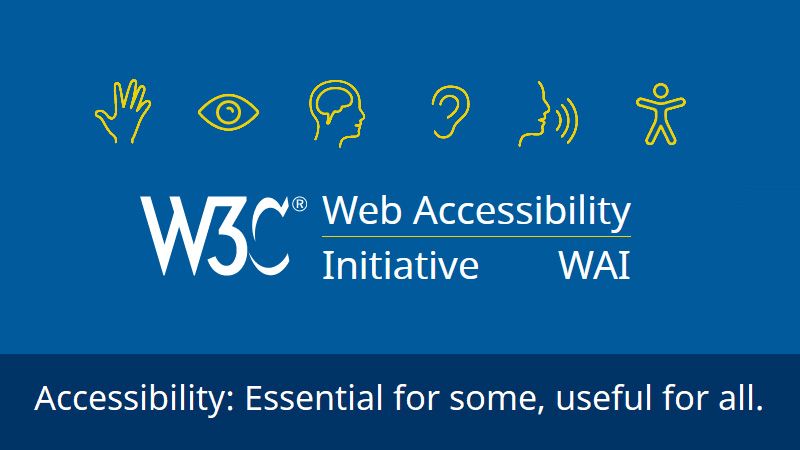Global Insights Hub
Stay informed with the latest updates and diverse perspectives.
Access Granted: Making Your Website Welcoming for Everyone
Unlock your website's potential! Discover easy tips to create a welcoming online space for everyone. Dive in now!
Creating a User-Friendly Experience: Tips for an Inclusive Website
Creating a user-friendly experience is essential for ensuring that your website is accessible and enjoyable for all users. An inclusive website not only complies with legal standards but also enhances the overall user experience. Begin by focusing on clarity in your website's design. This involves using a simple and consistent layout, ensuring that text is legible, and employing an intuitive navigation structure. Additionally, consider utilizing alt text for images and captions for videos to provide context for users who rely on screen readers. Implementing these practices can significantly improve accessibility for individuals with disabilities.
Another important aspect of an inclusive website is the ability to accommodate diverse user needs. This can be achieved by introducing adjustable settings for text size and color contrasts, allowing users to customize their viewing experience. It's also beneficial to conduct usability testing with a diverse group of individuals to identify potential barriers and areas for improvement. By gathering feedback from users with varying abilities, you can make informed adjustments to enhance inclusivity. Remember, a well-designed website that prioritizes user-friendliness ultimately leads to increased engagement and satisfaction.

The Importance of Web Accessibility: How to Reach Every Visitor
In today's digital landscape, web accessibility is more crucial than ever. It ensures that all users, regardless of their abilities or disabilities, can access and engage with your content. By implementing accessible design principles, you not only comply with legal standards but also broaden your audience base. This is vital in a world where inclusivity can set your brand apart. Consider the fact that over a billion people worldwide experience some form of disability, and failing to cater to this demographic can result in lost traffic and potential customers.
To effectively reach every visitor, web accessibility must be prioritized in your content strategy. Start by using semantic HTML to enhance the website's structure, making it easier for assistive technologies to interpret your content. Additionally, consider incorporating the following best practices:
- Provide alt text for all images to describe their content and purpose.
- Ensure sufficient color contrast between text and background for readability.
- Make navigation intuitive and keyboard-friendly.
- Use captions and transcripts for multimedia content.
By adopting these strategies, you not only create a more inclusive environment but also enhance user experience and improve SEO performance.
Are You Making Your Website Accessible? Key Features to Consider
Ensuring that your website is accessible is crucial in today’s digital landscape. With over 1 billion people worldwide experiencing some form of disability, it’s important to consider their needs while designing your site. Accessible design goes beyond compliance with legal requirements; it enhances user experience and opens your content to a wider audience. Here are some key features to consider for improving accessibility:
- Use alt text for all images to provide descriptions for screen readers.
- Ensure your site has a keyboard navigable interface.
- Maintain clear and consistent layout to avoid confusion.
Another essential factor is ensuring sufficient contrast between text and background colors. This helps users with visual impairments read your content more effectively. Additionally, consider implementing ARIA (Accessible Rich Internet Applications) attributes to enhance screen reader user experiences. Finally, regularly testing your website with real users and accessibility tools can provide invaluable insights into potential issues. Making your website accessible not only adheres to ethical practices but also improves your SEO as search engines prioritize user-friendly content.